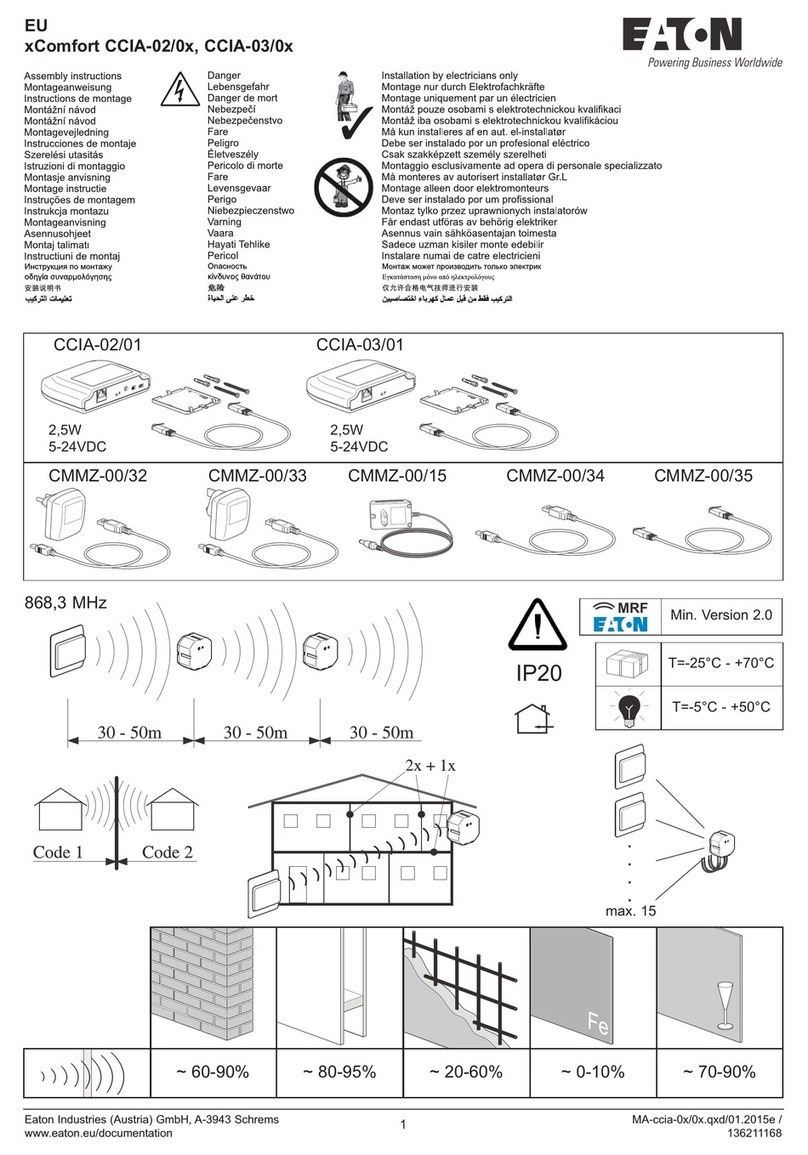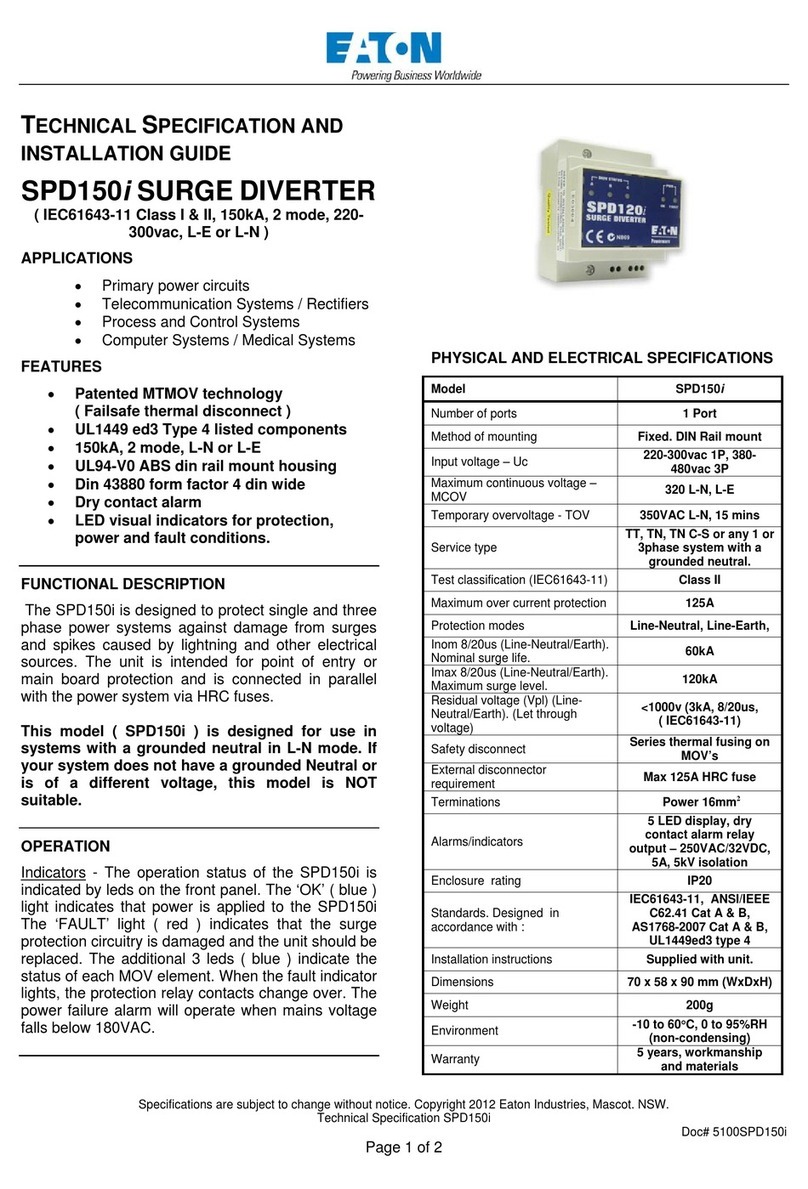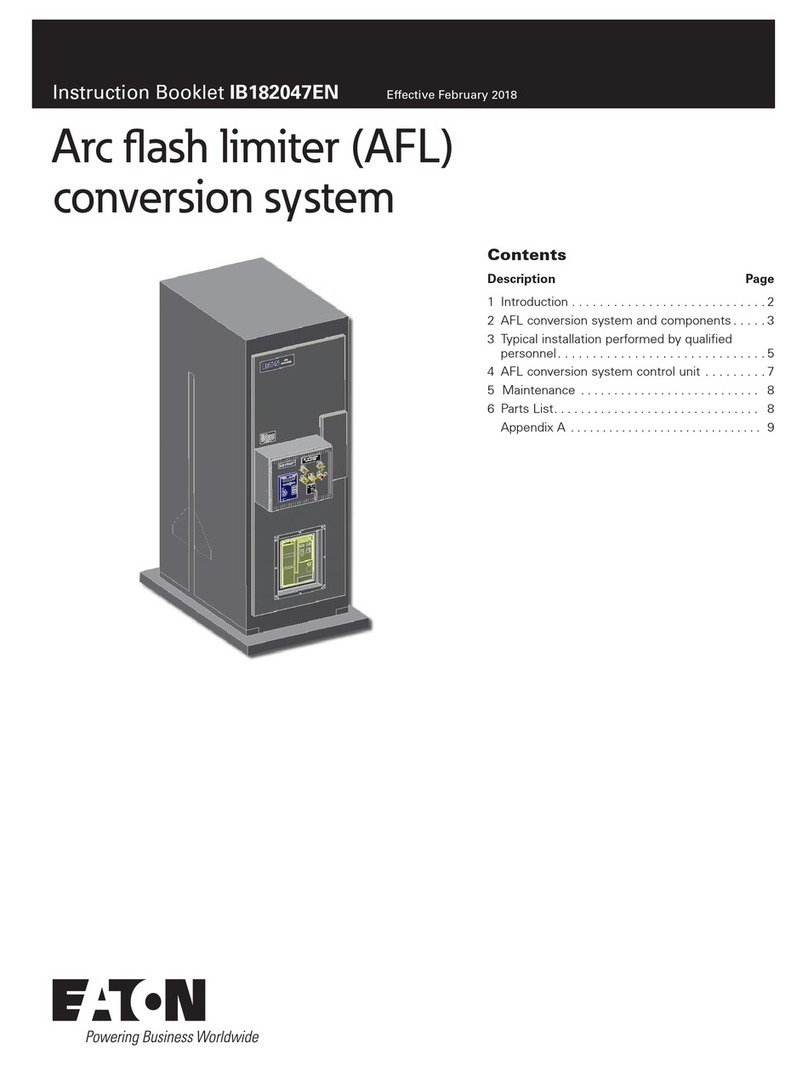7.4 Access rights per profiles.................................................................................................................................................... 182
7.4.1 Home............................................................................................................................................................................. 182
7.4.2 Meters........................................................................................................................................................................... 182
7.4.3 Controls ......................................................................................................................................................................... 182
7.4.4 Protection ...................................................................................................................................................................... 182
7.4.5 Environment .................................................................................................................................................................. 183
7.4.6 Settings ......................................................................................................................................................................... 183
7.4.7 Maintenance.................................................................................................................................................................. 184
7.4.8 Legal information........................................................................................................................................................... 184
7.4.9 Alarms ........................................................................................................................................................................... 184
7.4.10 User profile.................................................................................................................................................................... 185
7.4.11 Contextual help.............................................................................................................................................................. 185
7.4.12 CLI commands .............................................................................................................................................................. 185
7.5 List of event codes.............................................................................................................................................................. 187
7.5.1 System log codes.......................................................................................................................................................... 187
7.5.2 UPS(HID) alarm log codes ............................................................................................................................................. 191
7.5.3 9130 UPS(XCP) alarm log codes.................................................................................................................................... 196
7.5.4 ATS alarm log codes...................................................................................................................................................... 200
7.5.5 EMP alarm log codes..................................................................................................................................................... 202
7.5.6 Network module alarm log codes.................................................................................................................................. 203
7.6 SNMP traps ......................................................................................................................................................................... 204
7.6.1 UPS Mib ........................................................................................................................................................................ 204
7.6.2 ATS Mib......................................................................................................................................................................... 206
7.6.3 Sensor Mib .................................................................................................................................................................... 207
7.7 CLI ....................................................................................................................................................................................... 207
7.7.1 Commands available...................................................................................................................................................... 208
7.7.2 Contextual help.............................................................................................................................................................. 208
7.7.3 get release info.............................................................................................................................................................. 209
7.7.4 history............................................................................................................................................................................ 209
7.7.5 logout............................................................................................................................................................................. 210
7.7.6 maintenance.................................................................................................................................................................. 210
7.7.7 netconf .......................................................................................................................................................................... 210
7.7.8 ping and ping6 ............................................................................................................................................................... 212
7.7.9 reboot ............................................................................................................................................................................ 213
7.7.10 save_configuration | restore_configuration.................................................................................................................... 214
7.7.11 sanitize........................................................................................................................................................................... 214
7.7.12 ssh-keygen .................................................................................................................................................................... 215
7.7.13 time ............................................................................................................................................................................... 215
7.7.14 traceroute and traceroute6............................................................................................................................................ 216
7.7.15 whoami.......................................................................................................................................................................... 217
7.7.16 email-test....................................................................................................................................................................... 217
7.7.17 systeminfo_statistics..................................................................................................................................................... 218
7.7.18 certificates..................................................................................................................................................................... 219
7.8 Legal information................................................................................................................................................................. 220
7.8.1 Availability of Source Code............................................................................................................................................ 220
7.8.2 Notice for Open Source Elements................................................................................................................................. 220
7.8.3 Notice for our proprietary (i.e. non-Open source) elements.......................................................................................... 221
7.9 Acronyms and abbreviations ............................................................................................................................................... 222
8 TROUBLESHOOTING.......................................................................................................................................225
8.1 Action not allowed in Control/Schedule/Power outage policy............................................................................................. 225
8.1.1 Symptom....................................................................................................................................................................... 225
8.1.2 Possible Cause .............................................................................................................................................................. 225
8.1.3 Action ............................................................................................................................................................................ 225




































